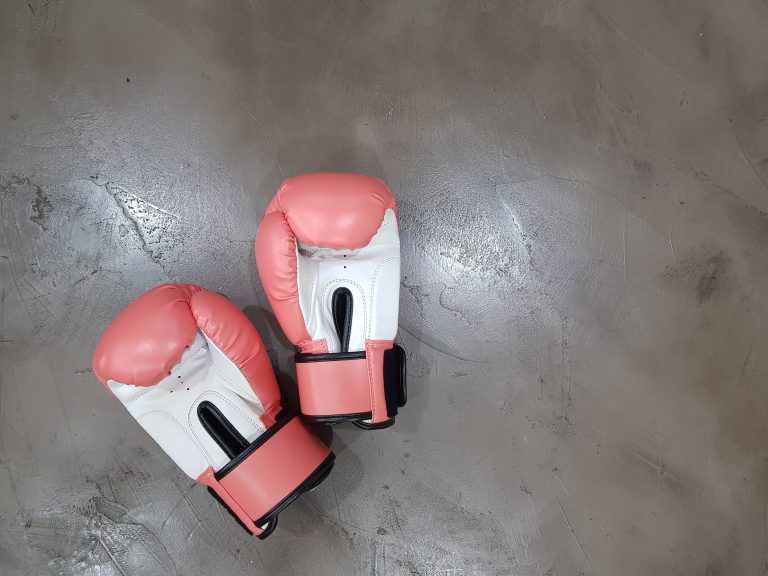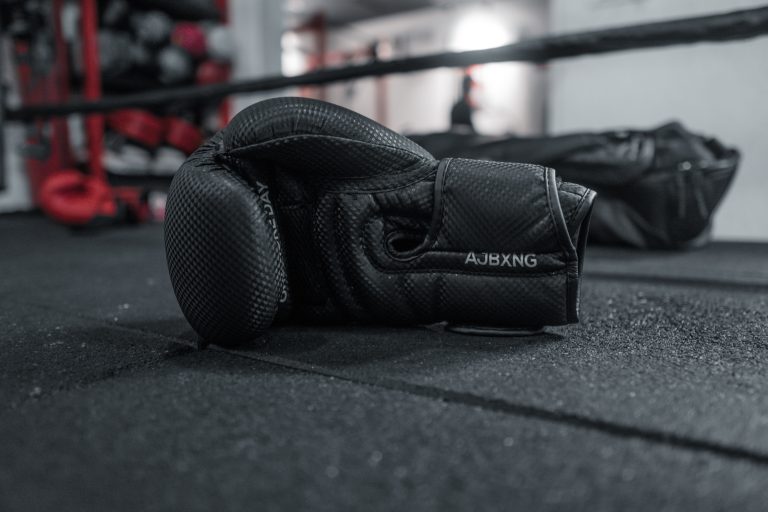Taekwondo, Karate und Kung Fu – Der Unterschied
Taekwondo, Karate und Kung Fu sind einige der bekanntesten Kampfkunststile der Welt. Viele Menschen denken, dass sie alle gleich sind, aber das ist nicht wahr. Jeder Stil hat seine eigenen Techniken, Schwerpunkte und Nuancen. In diesem Artikel werden wir den Unterschied zwischen Taekwondo, Karate und Kung Fu erklären.
Taekwondo
Taekwondo ist eine koreanische Kampfkunst, die sich auf Tritte und schnelle Bewegungen konzentriert. Es ist der bekannteste Kampfkunststil auf der Welt und wird von über 70 Millionen Menschen weltweit ausgeübt. Taekwondo beinhaltet auch Schlagtechniken und er legt großen Wert auf Disziplin, Respekt und Ethik. Die Sportart ist eine olympische Disziplin und wird von vielen Athleten auf der ganzen Welt ausgeübt.
Karate
Karate ist eine japanische Kampfkunst, die auf Schlag- und Tritttechniken basiert. Es wurde in Okinawa entwickelt, bevor es in Japan bekannt wurde. Karate bedeutet wörtlich “leere Hand” und hat seine Wurzeln in der Philosophie des Zen-Buddhismus. Karate wird oft mit dem berühmten “Kiai” in Verbindung gebracht, einem lauten Schrei, der während des Kampfes verwendet wird, um den Gegner abzulenken oder zu erschrecken. Karate wird in vielen Ländern der Welt praktiziert und ist eine olympische Disziplin.
Kung Fu
Kung Fu ist ein chinesischer Kampfkunststil, der Techniken wie Kicks, Schläge, Würfe und Grifftechniken umfasst. Kung Fu wird oft mit der chinesischen Kultur und Tradition in Verbindung gebracht und legt großen Wert auf Körperbeherrschung und Konzentration. Kung Fu hat viele verschiedene Stile und Schulen, darunter auch der bekannteste Bruce Lee. Kung Fu wird weltweit praktiziert und ist nicht Teil der olympischen Spiele.
Fazit
Obwohl Taekwondo, Karate und Kung Fu einige Gemeinsamkeiten haben, sind sie sehr unterschiedlich. Taekwondo ist eher auf Tritte und schnelle Bewegungen ausgerichtet, während Karate auf Schlagtechniken konzentriert ist und Kung Fu eine Kombination aus verschiedenen Techniken umfasst. Jeder Stil hat seine eigenen Schwerpunkte, Philosophien und Geschichte und ist einzigartig in seiner eigenen Art.
Taekwondo, Karate und Kung Fu – Der Unterschied
When it comes to martial arts, Taekwondo, Karate, and Kung Fu are three of the most well-known styles. While they share some similarities, there are also significant differences between these three disciplines. Here are the most frequently asked questions about the differences between Taekwondo, Karate, and Kung Fu.
What is Taekwondo?
Taekwondo is a Korean martial art that emphasizes kicking techniques. It was developed in the 1940s and 1950s and became an official Olympic sport in 2000. Taekwondo practitioners wear a uniform called a dobok and are ranked based on their skill level.
What is Karate?
Karate is a Japanese martial art that focuses on striking techniques. It was developed in the Ryukyu Islands (now part of Okinawa, Japan) in the 19th century and became popular in Japan in the 20th century. Karate practitioners wear a gi (uniform) and are ranked based on their skill level.
What is Kung Fu?
Kung Fu is a Chinese martial art that includes a wide range of fighting styles. It has a long and rich history that dates back thousands of years. Kung Fu practitioners wear loose-fitting clothing and are not typically ranked based on skill level, although some schools do have ranking systems.
What are the main differences between Taekwondo, Karate, and Kung Fu?
While there are some similarities between Taekwondo, Karate, and Kung Fu, there are also some significant differences. Here are some of the main differences:
- Emphasis on kicking vs. striking: Taekwondo is known for its powerful, fast kicks, while Karate focuses more on striking techniques such as punches and elbows. Kung Fu employs a wide range of techniques, including strikes, kicks, throws, and joint locks.
- Roots and history: Taekwondo was developed in Korea, Karate in Japan, and Kung Fu in China, so they each have unique histories and cultural influences.
- Uniforms and ranking systems: Taekwondo and Karate both have ranking systems and wear traditional uniforms, while Kung Fu practitioners typically wear looser clothing and do not use a ranking system.
- Competition rules: Taekwondo and Karate both have competitive sparring events, while Kung Fu competitions may include forms (pre-determined sequences of movements) or sparring.
Which martial art is best for self-defense?
All three martial arts can be effective for self-defense, but it ultimately depends on the individual practitioner’s skill level and training. Taekwondo’s emphasis on kicks can be useful for keeping an attacker at a distance, while Karate’s focus on striking can be effective for close-range defense. Kung Fu’s wide range of techniques can also be useful for self-defense in a variety of situations.
Which martial art is best for competition?
Again, it depends on the individual practitioner’s skill level and training. Taekwondo and Karate are both Olympic sports and have well-established competitive sparring events. Kung Fu competitions may include forms or sparring, and some schools also offer weapons forms competitions.
Is one martial art easier to learn than the others?
It is difficult to say which martial art is easier to learn, as it ultimately depends on the individual practitioner’s learning style and physical abilities. Taekwondo’s emphasis on kicks may be challenging for some, while Karate’s focus on strikes may be easier to learn initially. Kung Fu’s wide range of techniques may also make it more challenging to learn.
Which martial art is right for me?
The best way to determine which martial art is right for you is to try them out and see which one resonates with you the most. Consider your physical abilities, goals, and interests when deciding which martial art to pursue. Look for a reputable school or instructor and be open to trying different styles before making a final decision.
Conclusion
Taekwondo, Karate, and Kung Fu are three of the most well-known martial arts, each with its own unique history, techniques, and culture. While there are some similarities between these styles, there are also significant differences, and choosing the right martial art depends on the individual practitioner’s goals and interests. Whether you are interested in self-defense, competition, or personal growth, there is a martial art out there for you.
Inhaltsverzeichnis






